The sustainability of urban ecosystems depends on how we respond to future social, economic, and environmental challenges. From reducing the negative effects of highly engineered infrastructure on the ecological functioning of natural systems in cities, to achieving a more equal provision of ecosystem services in the urban social landscape, each challenge is unique.
Effectively adapting to climate change means addressing uncertainty while taking a dynamic view of urban natural systems.
However, no challenge has more potential to exacerbate problems and cut across social, environmental, and economic fields than climate change. This is partly because of the complexity of its manifestations, including: 1) increase of average temperatures, enhanced by the urban heat island effect; 2) change in hydrological regimes, which may result in more, less, or more variable rain; 3) increase in the frequency and severity of weather events, which may not be limited to “warm” events, such as tropical storms, but may also include prolonged dry spells, ice storms, or frosting events. Also, climate change requires a complex response, which necessitates putting together a wide range of ecological, social, economic, and political strategies that may be too difficult to conjure all at once in small-scale management landscapes, such as urban parks.
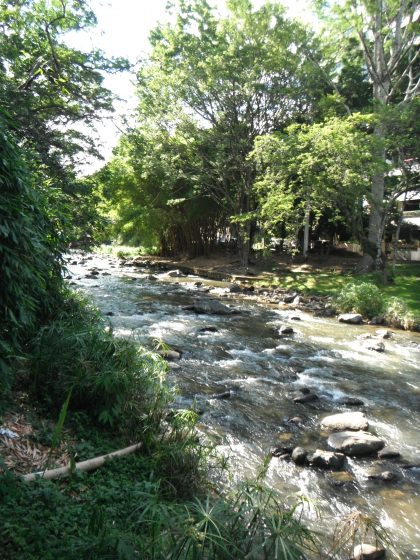
Although climate change is being considered more and more in urban ecosystem management, I sometimes see an over-excitement about hasty and narrowly-conceived climate strategies. My experience is in urban forestry, where, for example, people usually argue that just planting more trees is the best way to address climate change. This idea has gained so much popularity that many cities are doubling or tripling their tree-planting targets. Obviously, the motivation for this is to enhance the benefits of urban trees, such as reducing urban heat, among other climate-related benefits. However, although planting more trees is a welcomed activity in itself, planting trees without giving any thought to climate adaptation may actually result in a higher mortality of newly planted trees. Urban trees are already vulnerable to the harsh conditions they grow in, such as compacted soils—conditions that have nothing to do with climate change, yet tree decline may be further exacerbated with the effects of climate change. For example, a tree surrounded by concrete and already struggling to survive may be more severely affected by a tropical storm. Considering that urban-tree planting is a considerable expense (e.g. many North-American cities today spend $250-500USD/tree in new street-tree plantings), our concern should be to maximize their benefits in a changing climate, instead of just blindly planting a lot of trees.
I believe that maximizing the benefits of urban nature in a changing climate depends on a strong adoption of some of the often-overlooked ideas related to climate adaptation. Contributors to TNOC have argued that national climate change strategies fail to address regional and local microclimatic realities (Villagra, 2016), while others show how engineering solutions for climate-proofing actually exacerbate climate vulnerability and social inequity (Shi and Anguelovski, 2016), or how climate change is actually an opportunity for reinstating nature-based solutions in cities (Garvin, 2016). I want to contribute to these efforts by revisiting some of these often-overlooked ideas and making better sense of climate change adaptation, drawing from my experience in urban forestry. Some of these ideas may be old for seasoned TNOC participants, others new for those new to TNOC, and yet others may have been only implied in passing in other TNOC articles. If anything, my intention is to bring these ideas to the forefront of the discussion.
1. Let’s increase adaptive capacity, instead of just mitigating impacts
When we think of climate-change impacts we intuitively start thinking about how to mitigate them. If the day is going to get hot, we seek the shade of a tree. Mitigating the impacts of climate change on urban ecosystems is an important issue. We can plant more trees in parks so people can escape the heat. We can also build barrages to protect a naturalized riparian forest from flooding, or develop storm-response programs to take care of trees in the case of a storm. But increasing the resistance of urban nature to the external threats of climate change can only go so far. If the trees we plant in a park are all the same species, they may be more vulnerable to a pest or disease that attacks that particular species and that is being driven by warmer temperatures. If a larger flood event than the ones the barrage was meant to stop comes, then our riparian forest will still get flooded. As important as impact mitigation is, we also need to work towards increasing adaptive capacity.
In broad terms, adaptation is the adjustment of a system in response or in anticipation to changing conditions. The adaptive capacity, or the characteristics that make a system capable of adapting to change, of urban ecosystems is important given the existing climate vulnerability of cities. Although the vulnerability of cities to climate change depends on the magnitude and intensity of changing global patterns and their local manifestations, it also depends on the conditions that already exist. For instance, for historic, cultural, environmental, and economic reasons, the majority of world cities are located in coastal areas, while a significant number of cities are located in mountainous regions, as in Latin America. Coastal and mountainous regions will be severely affected by climate change given the intrinsic variability of climate in these regions, which includes a higher frequency of storms, a more variable precipitation regime, and dependence on glacial water sources. Add to this an intensification of urbanization patterns, inadequate land use regimes, unsustainable livelihoods, undemocratic political organization, and a deteriorating natural environment, and we have conditions of high climate vulnerability, a determining factor in the direction of change for urban ecosystems.
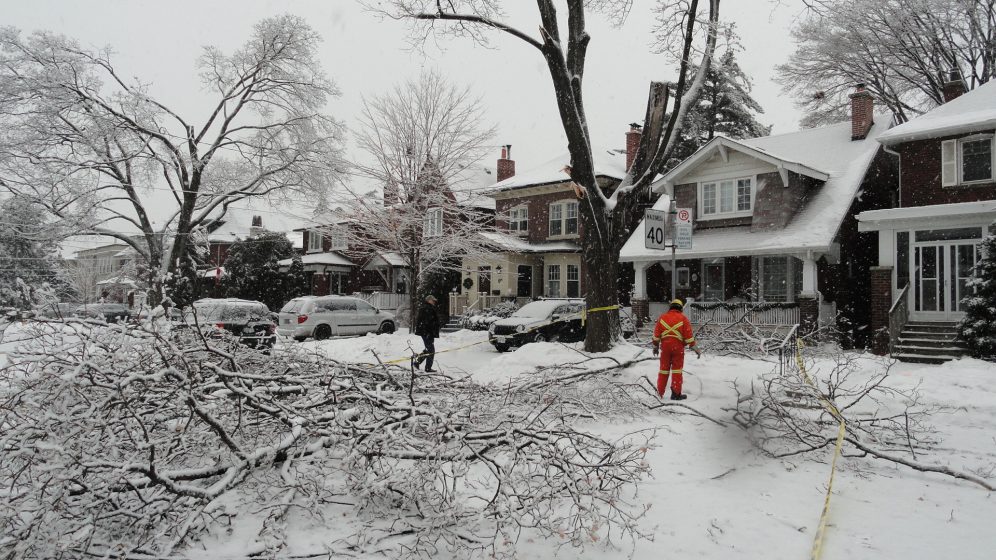
Increasing adaptive capacity may be a more important consideration in urban ecosystem management than mitigating impacts if a climate response is to be sustained in the long term, since mitigation responses may be downplayed by a mal-adapted system. When we only think of mitigating impacts, such as when we plant trees in a park without thinking if they are susceptible to a pest or a disease, the solution may actually become a part of the problem. Adaptation requires us to have a more dynamic view of urban natural systems, since these must thrive in a very different climate. The adaptive imperative is crucial from a climate adaptation perspective.
Our task, then, is to translate this adaptive vision into practical techniques. An adaptive response in the case of planting trees in a park, or protecting a riparian forest from flooding, may mean modifying the species and age mix of these urban forests in such a way that they can withstand pest and diseases, or flooding and storms, on their own. In the case of planting trees on a street, it may also mean improving soil conditions so the trees that are planted can grow to be robust and to withstand any attacks by pest and/or diseases, or by storms; or maybe planting trees at a younger age, since these can be more malleable to changing conditions. These techniques speak to a more general goal of creating dynamic natural areas in cities that emulate or enhance those natural patterns that are more favourable in shifting conditions and that optimize their functionality, without sacrificing their ecological integrity.
Undeniably, an adaptive response in urban areas will not be complete without the human element. So, climate adaptation in urban ecosystem management also means enhancing community participation programs to engage people in the management of newly-planted trees in parks, or riparian forest set aside for conservation. This doesn’t just mean raising the public’s awareness of the benefits of urban trees and natural areas, or asking residents for a helping hand in tending them, such as asking them to water them once in a while, or even gathering volunteers regularly for tree-planting events. A strong community program means actually allowing people to participate in the management of urban nature. This may mean establishing more public consultation processes in the development of management plans, or establishing community-based steering committees for an urban park or a residential area full of public street trees. If we have more people both interested in seeing urban natural areas thrive and engaged in their management, then climate change can be confronted effectively.
2. Let’s think about uncertainty and try to address it
Some people think of climate change as something that will happen far away in the future and they look at 50 to 100-year projections to inform their decisions. Others think that the changes are already starting to occur, and the drought, flooding, heatwaves, and ice storms they see right now will soon become the new norm. In reality, no matter how useful climate change projections are, or how indicative current weather is, we may never know the absolute magnitude of climate change and have no empirical basis to know how urban ecosystems may respond to it. We also do not know if our cities will live through cultural shifts that will reduce or increase the importance of urban nature. This “uncertainty”—known formally as the expression of the degree to which a value is unknown because of disagreements of what is known or even knowable—is a very important aspect of climate change.
Climate change uncertainty cannot be addressed with a static vision of the future determined to mitigate climate change impacts that may or may not manifest in the way they are projected. However, uncertainty does not make us powerless or our management strategies trivial. Uncertainty should not limit the development of climate-adaptation strategies. One of the things we can do right now is to assess the direction of change and what factors are contributing to this change, so we know if we can expect more, or less, or different, urban nature. This means increasing the amount of climate change vulnerability assessments (or CCVAs) of our urban natural resources, including doing CCVAs for urban forests, urban wetlands, and other natural features in cities. We also need to develop communication strategies so that we can build a language for communicating uncertainty openly and clearly to other stakeholders, allowing them to understand the degree of confidence we have at a particular moment in taking a decision regarding climate change. Finally, uncertainty requires us to diversify our portfolio of management strategies so we can increase the chances of reducing it. In the particular case of planting trees in cities, it may require us to diversity our planting techniques. Instead of just planting 5-yr old trees wide apart, we could combine this with planting trees closer together and/or planting them at a younger age, among many other techniques that diversify how we plant trees in cities and reduce uncertainty.
3. Let’s bring back adaptive management so we can learn before things get worse
The 1970s saw the emergence of a so-called “adaptive management” approach to ecosystem management (Holling, 1978). This theoretical construct was widely used to adjust management to the dynamic stability of natural systems. Although still widely used as a buzzword, many times the idea of adaptive management doesn’t materialize into anything substantial. Today, and with climate change, we have an opportunity to bring the principles embedded in the notion of adaptive management back to life.
The majority of us have an intuitive notion of adaptive management and see it simply as management that adapts to new circumstances. In fact, this conceptualization is widely used in ecosystem management plans. But such simplification is actually dangerous, since it may result in a reactive approach to management. To avoid this shallow interpretation, we need to be more proactive. In real terms, adaptive management refers to the integration of uncertainty and change into management by devising learning processes based on monitoring and experimentation activities that in turn feed back not just into management actions, but also into the basic assumptions and values of the management model.
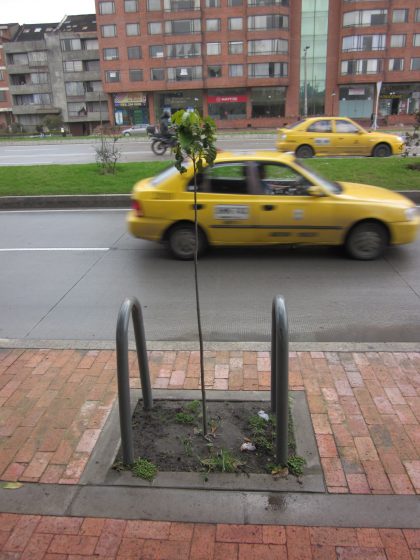
Adaptive management is the cornerstone for managing climate change in urban ecosystems because it promotes monitoring and experimentation, activities that help us to be more proactive on the basis of the results of our activities on the ground. Monitoring and experimentation embrace uncertainty and establish a mechanism to reduce it. This is even more relevant in urban ecosystems, where complex socio-ecological dynamics and rapid or sudden changes usually determine the pace of change.
So, any climate-inspired activity in urban ecosystem management, such as planting more urban trees, needs to be complemented with strong monitoring and experimentation programs. A monitoring program can be used to collect data on the survival rate of these newly planted trees, which is crucial to understanding how climate change is playing a role in tree survival. An experimentation program may involve setting up lab experiments, either in a tree nursery or in a control urban environment, where different planting treatments, such as planting smaller trees and planting tree in clusters, can be set up to understand how successful these can be for ensuring the survival of newly planted trees. If adopted boldly, the whole city can be viewed as a living laboratory for urban forests, where we experiment, in a controlled and systematic manner, with different planting and management techniques that educate us today, faster, about the future.
Nature-based solutions to climate change: an economic justification
Because of their political, economic, social, and environmental conditions, cities will differ in the way they approach nature-based solutions to climate change problems, and will also differ in the way they can bring adaptive capacity, uncertainty, and adaptive management to the core of what they do. Climate change is certainly not an easy challenge for cities. Economically, not everybody can allocate budgets for planting more urban trees. Politically, not everybody has a centralized system government, or even enough public land, to coordinate nature-based strategies at the city scale, such as planting a million trees. Socially, poverty and lack of education may be more pressing issues in some neighbourhoods than spending more money on planting trees.
However, nature-based solutions to climate change can also provide low-cost, decentralized, poverty-alleviating, and educational opportunities in urban areas (see Garvin, 2016). And in cases where nature-based solutions are the preferred option to respond to the climate challenge, adaptation is a better way to think about how to manage them. Climate-proofing a riparian forest zone through conservation and tree-planting strategies requires the ecological savvy to do so, but ultimately it takes less money than a flood-resistant barrage to protect such a zone. Engaging private stakeholders in tree-planting and engaging citizens in the management of urban natural areas may actually reduce centralized municipal efforts and budgets. A tree-monitoring program could be led by citizen scientists; citizen leaders could collect data on the survival rates of newly planted trees using free-to-download cellphone applications. Finally, experimenting with different planting techniques, such as planting smaller trees and planting in clusters, may be cheaper in the long-term than investing in highly engineered tree-supporting infrastructure. Eventually, an adaptive mindset will pay for itself in the changing urban world we live in.
Camilo Ordóñez
Toronto


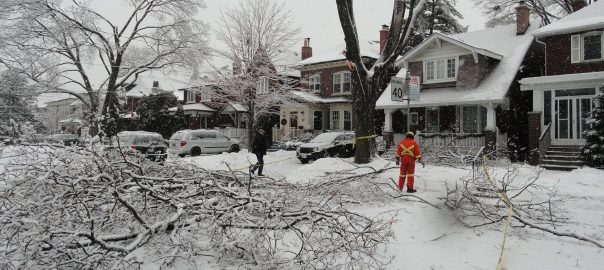
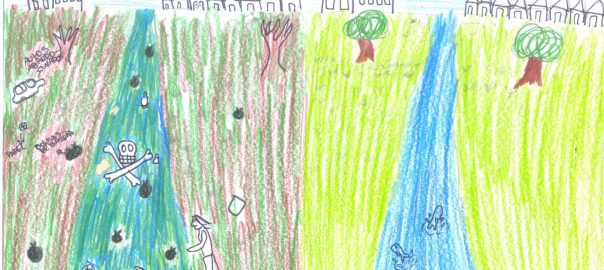
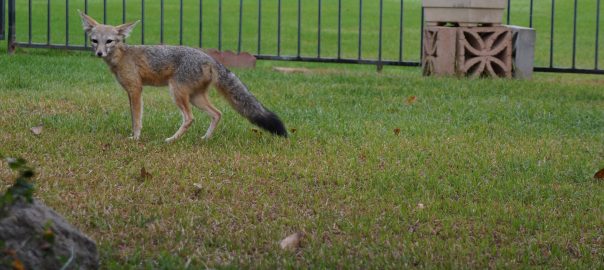
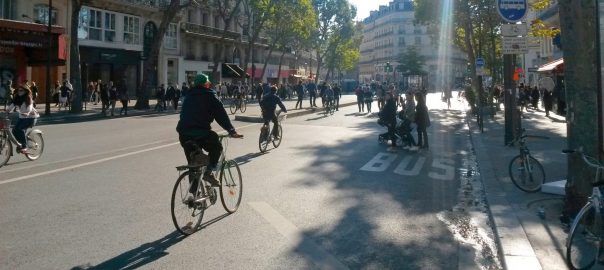
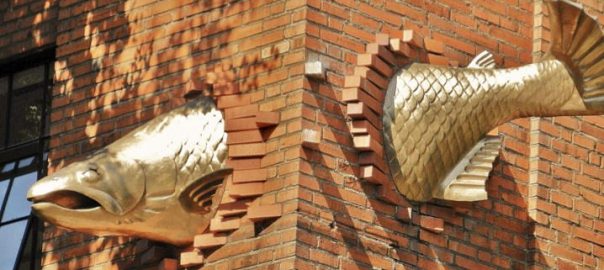
Leave a Reply